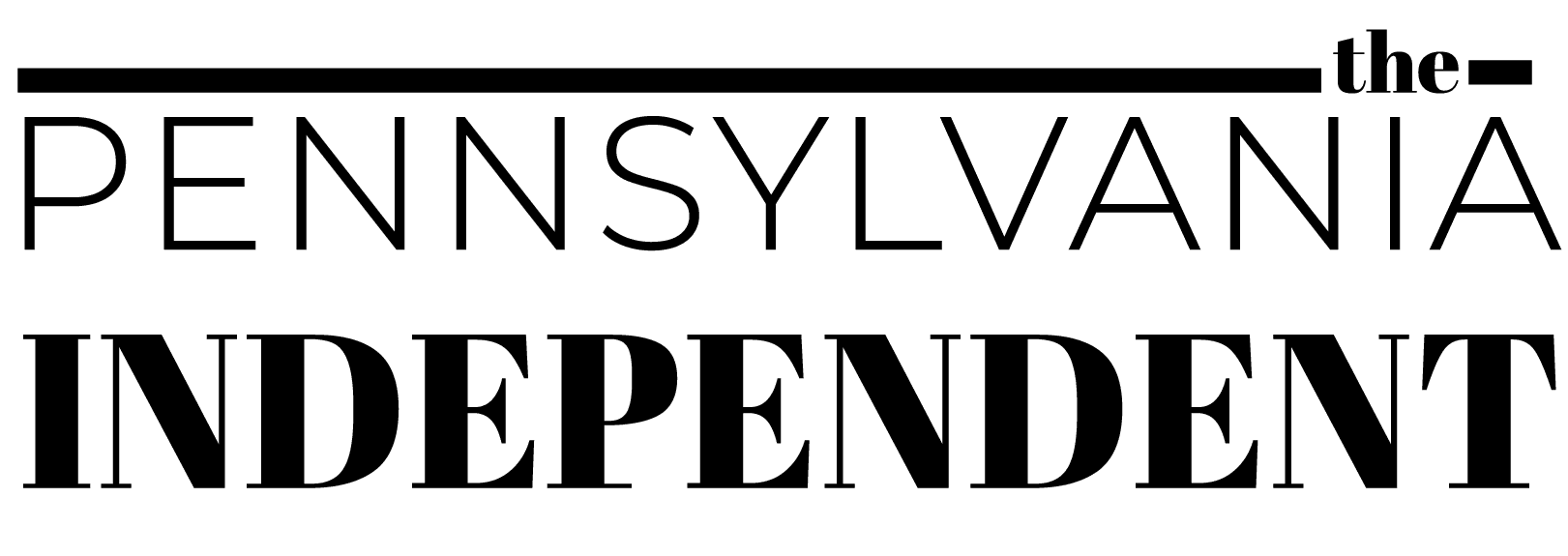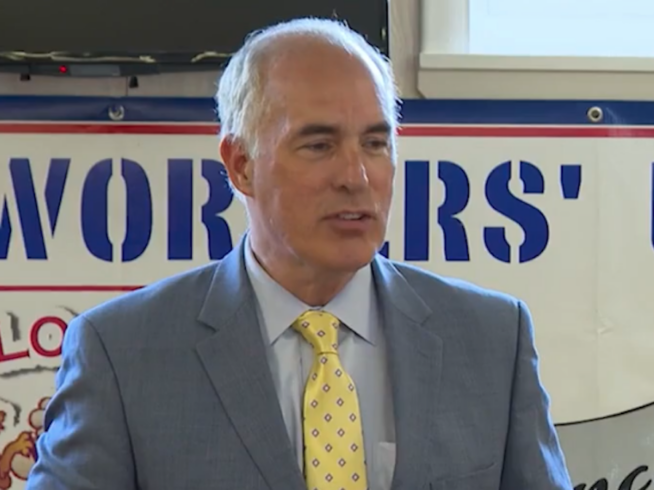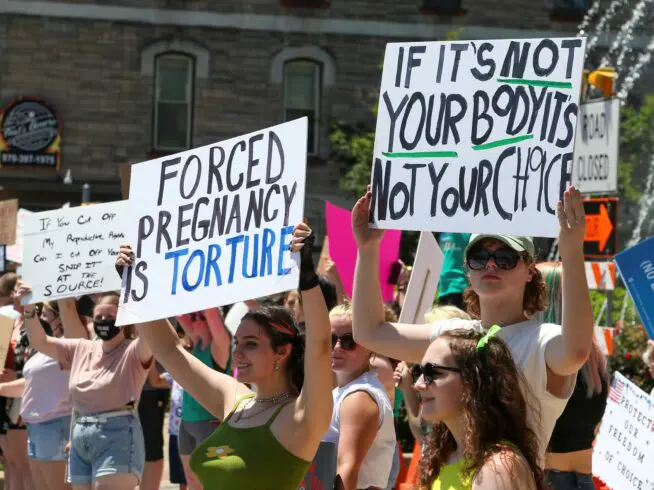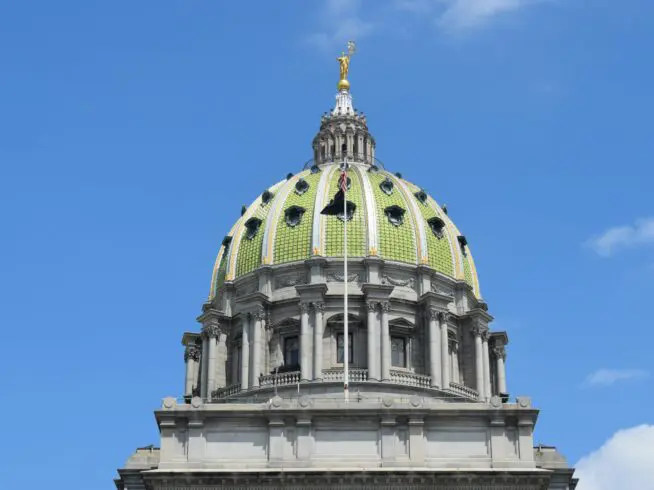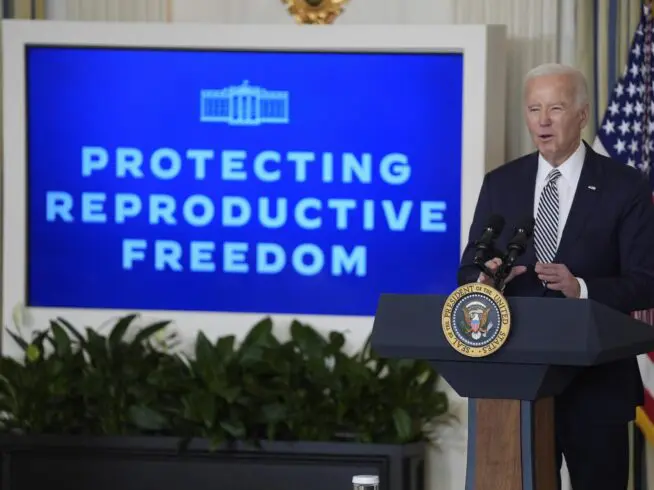Democrats fight to increase public transit funding in Pennsylvania
Transit systems face devastating service cuts without state aid, advocates say.

Gov. Josh Shapiro’s proposal to increase public transit funding in Pennsylvania is garnering support among Democratic lawmakers and advocates who say the investment will generate economic activity throughout the commonwealth, from rural communities struggling with projected population loss to urban areas facing drastic mass transit service cuts due to the ongoing financial fallout from Covid.
Shapiro, a Democrat, called in his $48.3 billion budget proposal for the 2024-25 fiscal year for increasing public transit funding by 1.75%, or about $283 million. That boost would help to fund the 32 public transit systems that service about one million people every day in Pennsylvania, including the trains, buses and subway in Philadelphia, Pittsburgh’s light rail and ride-sharing programs for older people in rural and suburban communities.
“For older Pennsylvanians in particular, public transit and shared rides allow folks to travel to their doctor’s appointments, pick up medications and access services they’d otherwise miss out on — like those available at adult day centers,” Shapiro said in a prepared statement issued on May 15.
Public transit ridership dropped during the early part of the COVID-19 pandemic and has yet to return to its pre-pandemic levels, leaving transit agencies scrambling to make ends meet. In 2016, about 400 million riders used public transit in Pennsylvania; that number sank to 230 million in 2023, public television station WSKG reported.
In the wake of decreased ridership, officials from the state’s largest public transit system, the Southeastern Pennsylvania Transportation Authority, have said they need state aid to avoid service cuts of 20%. Meanwhile, Pittsburgh Regional Transit warned that the agency is facing a “fiscal cliff” if it doesn’t return to its pre-pandemic ridership numbers.
“A city like Philadelphia runs on public transportation, and that would be devastating,” said Richard Farr, the legislative chair of the Pennsylvania Public Transportation Association and executive director of Rabbit Transit, stylized as “rabbittransit,” in central Pennsylvania.
The boost in funding for public transit would come from an increase by the state in the amount of sales tax revenue that’s transferred to the Public Transportation Trust Fund. Currently, 7.68% of the state’s sales and use tax is deposited into that fund. The sales tax in the commonwealth would not increase for consumers.
State lawmakers, who must approve the governor’s proposal for it to go into effect, are now heading into the homestretch of the state’s budget season — and the Democratic lawmakers who have been vocal proponents of the increase are urging their Republican colleagues to back a budget that will help public transit systems not only to address financial concerns but also ultimately to grow. State law mandates that Pennsylvania legislators pass a budget by June 30, though that doesn’t always occur.
“This increase will benefit all 67 counties and help them provide better services to those who use public transit every day to work, go to school and travel where they need to go,” Democratic state Rep. Ed Neilson, the majority chair of the House Transportation Committee, said in an email to the Pennsylvania Independent.
Jobs, jobs, jobs: What public transit means for Pennsylvania’s economy
As advocates attempt to persuade lawmakers to back the governor’s proposal, they’re largely focusing on the role public transit plays in the state’s economy. Pennsylvania’s transit providers have a $5.4 billion economic impact on the state’s economy, which includes contracts with businesses throughout the commonwealth and about 39,000 jobs, according to the Pennsylvania Department of Transportation.
“I say all the time that transit means jobs, jobs, jobs,” said Farr, whose public transit system serves rural, suburban and urban areas in 11 counties. Farr noted a strong public transportation system is a draw for businesses looking to relocate, including one that’s in a rural area.
“All kinds of new warehouse distribution locations are popping up, and employers want transit,” Farr said of Cumberland County, one of the counties Rabbit Transit serves. “And we get phone calls from employers asking, What is your transit like in the area? So we know that businesses want public transit.”
Potential economic growth in rural areas, as well as increased connection of more isolated homes to transportation, comes at a time when rural communities in Pennsylvania are projected to lose close to 6% of their population by 2050.
With more public transit, older individuals, who make up a large segment of the state’s rural population, will be able to remain in their homes as they age, Farr said.
“If you go to Perry County, many of those folks, as high as 70%, have no other means of transportation,” Farr said of the rural county located northwest of Harrisburg. “So it’s how seniors get access to food, get to the senior center, get medical care, which allows them to age in place.”
State Rep. Jennifer O’Mara, a Democrat whose district is in the Philadelphia suburbs, said Democratic lawmakers have been trying to convey the message that this funding would benefit all parts of the state, including rural ones, to their Republican colleagues who may be reluctant to support the governor’s proposal.
“I think it’s important for us in Harrisburg to address public transit holistically,” O’Mara said. “Because in the past, when we’ve tried to just get a boost for SEPTA, we get pushback from members of the Legislature who are from rural Pennsylvania and don’t see it benefiting them.”
While advocates are trying to sway GOP lawmakers, specifically those in the majority in the state Senate, to back the funding increase, Republican legislators have yet to voice significant support for the proposal.
In March, the Democratic-controlled House passed a bill that would increase funding for public transit. Ninety-nine Democrats and seven Republicans voted for that legislation, which mirrors the governor’s proposal.
The legislation now remains in committee in the Senate.
